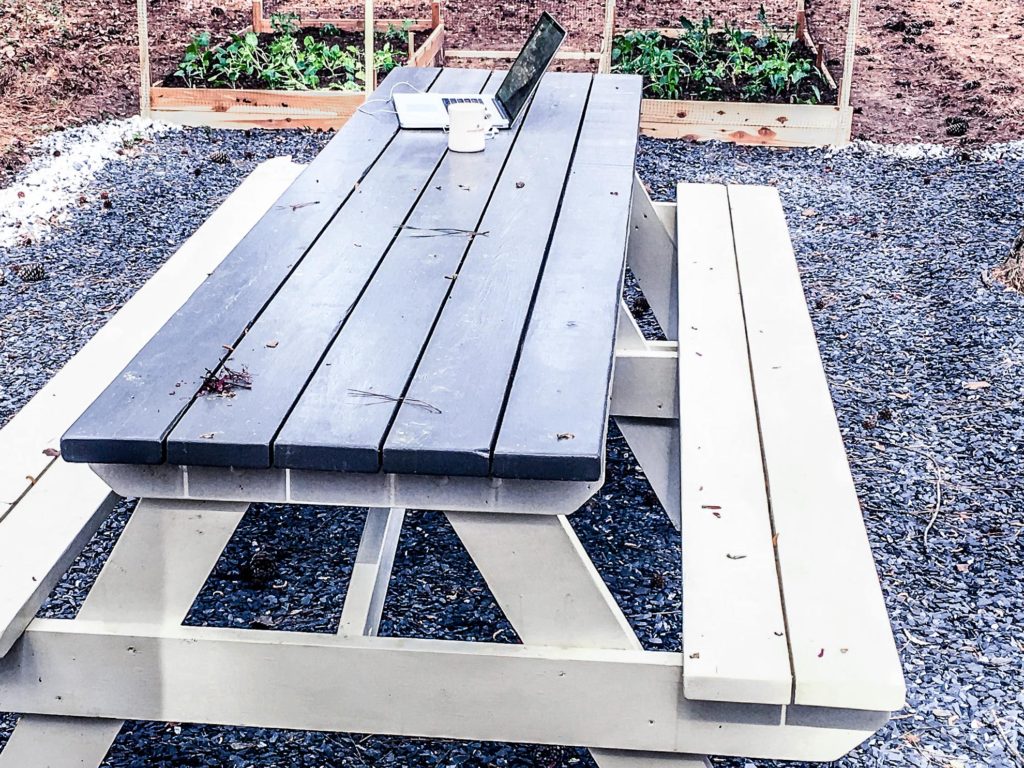Table of Contents
- 1. Oil-Based vs. Water-Based Polyurethane for Outdoors Oil-Based vs Water-Based Polyurethane for Outdoor Use
- 2. Top Factors to Consider before Buying Outdoor Polyurethane
- 3. Top Brands for Outdoor Polyurethane
- 4. Applying Outdoor Polyurethane the Best Way
- 5. Step 1: Surface Preparation
- 6. Common Mistakes to Avoid
- 7. Final Thoughts: What’s the Best Outdoor Polyurethane for You?
When you need to safeguard outdoor wood surfaces – such as a deck, fence, or patio furniture – outdoor polyurethane is one of the most effective and durable finishes on the market. But all polyurethanes are not the same, and the right choice depends on qualities like weather resistance, UV protection and ease of application.
This article will offer insights into the differences between oil based polyurethane and water based polyurethane, the pros and cons of each, and best practices when using these solutions for your wood protection.
Oil-Based vs. Water-Based Polyurethane for Outdoors Oil-Based vs Water-Based Polyurethane for Outdoor Use
Oil-Based Polyurethane
Best for: High-traffic locations, harsh climates, and Job-Sites that need to be extra tough.
Pros:
✅ Superior strength- defeats scratches, also, it’s water and weather resistant!
✅ Deeply penetrates wood – Produces a richer, warmer finish by an order of magnitude.
✅ UV resistant than natural water repellent-based alternatives – Naturally more Sun resistant than water repellent.
Cons:
❌ Longer dry time – Generally 24+ hours per coat.
❌ Discoloration over Time – Can become discolored over time with an amber hue, which is not always a good choice for light-colored woods.
❌ Strong smell & higher VOCs – Needs good ventilation during application.
Water-Based Polyurethane
Best for: Quick projects, environmentally friendly applications, and when you want to preserve the wood’s natural color.
Pros:
✅ Fast drying – Re-coat as quickly as 2-4 hours.
✅ Clear, Non-Yellowing Finish – We use a UV water-based, clear finish that adds no additional color to the wood.
✅ Low odor & VOCs – Healthier and easier to work with when you’re indoors.
Cons:
❌ Not as long-lasting – More likely to be reapplied in extreme conditions.
❌ Thin Consistency- Requires several layers for complete coverage.

Top Factors to Consider before Buying Outdoor Polyurethane
UV Protection
Sunlight is one of the outdoor wood finish’s worst enemies. When shopping, keep an eye out for polyurethane labeled as “spar urethane”—a kind that’s specifically designed for marine and outdoor projects and has improved UV protection.
Moisture & Weather Resistance
Because outdoor wood is exposed to rain, snow, and moisture, select a waterproof or water-resistant polyurethane. Oil-based choices tend to work better in the rain.
Drying Time & Application Ease
- Oil-based: Slower to dry (24+ hours), ideal when using a natural bristle brush.
- Water based: Dries more quickly(2-4 hours), can be applied with a synthetic brush, roller, or sprayer.
Maintenance & Reapplication
- Oil-based: Can last 3-5 years before requiring refinishing.
- Water-based: Made for re-application every 2 – 4 years Water borne.
Top Brands for Outdoor Polyurethane
|
Brand |
Type | Best For | Key Features |
|---|---|---|---|
| Minwax Helmsman Spar Urethane | Oil-based | Decks, outdoor furniture | UV protection, waterproof, amber finish |
| Varathane Outdoor Water-Based | Water-based | Fences, light-colored wood | Non-yellowing, low odor, fast drying |
| General Finishes Exterior 450 | Water-based | High-end outdoor projects | UV stabilizers, brush/spray application |
Applying Outdoor Polyurethane the Best Way
Step 1: Surface Preparation
Smooth the wood with sandpaper 120 to 220 depending on desired finish.
Carefully clean away dust, grease, and previous finishes.
Step 2: Apply Thin Even Coats
Apply a good quality brush (natural bristle for oil, synthetic for water).
Use 2-3 thin coats instead of 1 thick coat to avoid drips and bubbles.
Step 3: Sand Between Coats
Between coats, you may need to lightly sand the surface with 220-grit sandpaper to help promote adhesion.
Step 4: Let It Dry Appropriately
Do not apply in the rain or high humidity.
Wait 24 hours, minimum, for heavy use (longer for oil-based).

Common Mistakes to Avoid
❌ Not prepping the surface – Results in adhesion failure and flaking.
❌ Applying during extreme temperature – Applies best when between 60-85 degrees F. Humidity and cold weather destroy the finish.
❌ Using the wrong brush – Oil-based requires natural-bristled and wate-based prefers synthetic.
❌ Too much – Its viscous consistency makes it prone to runs and dries slowly.
Final Thoughts: What’s the Best Outdoor Polyurethane for You?
For best protection & UV resistance → Oil-based polyurethane.
Fast dry, clear coat→ water soluble polyurethane.
For eco-friendly & low-VOC options → Water-based with UV inhibitors.
If you choose the best outdoor polyurethane and apply it the right way, your wooden finishes will be protected and beautiful for many years.
Need help choosing? Leave your project details in the comments! 🚀